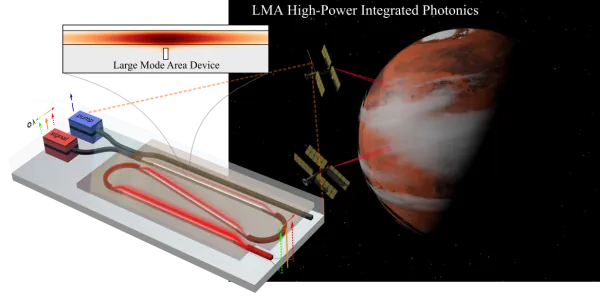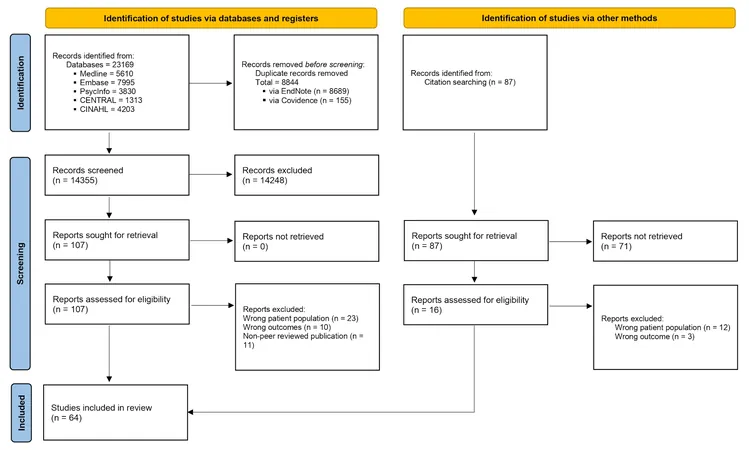
Breakthrough in Photonics: High-Power Tunable Laser Set to Revolutionize Space Exploration and Data Centers
2025-01-07
Author: Li
Introduction
In the rapidly evolving world of technology, the relentless push toward miniaturization and high-density integration is reshaping various sectors, including high-speed data centers and space exploration. To support this trend, researchers in Germany have achieved a remarkable advancement in photonics with a state-of-the-art tunable laser capable of delivering nearly 2 Watts of optical power, a significant leap for integrated photonic systems.
Historical Context
Historically, the generation of high optical power has been successfully achieved in larger systems, such as traditional fiber and solid-state lasers, which benefit from their substantial volume and energy storage capacity. However, as industries increasingly demand smaller and more efficient solutions—especially in applications like small-scale satellites—the challenge arises. Integrated photonics systems, which operate on a micron to millimeter scale, have struggled to match the power capabilities of their bulkier counterparts.
The Innovation
The innovative team, led by Dr. Neetesh Singh and Prof. Franz Kärtner, has tackled this challenge head-on by developing a large-mode-area (LMA) integrated waveguide amplifier on silicon photonics. This groundbreaking technology not only enhances power generation but also holds the potential to transform various practices within the field.
Applications in Space
Potential applications of this tunable laser are vast, particularly in space missions. The high-power output at long wavelengths could be harnessed in small satellites equipped with LIDAR technology to detect and analyze key molecules vital for life, such as carbon dioxide, water, and ammonia. This miniaturized solution promises to drastically reduce the size, weight, and costs associated with traditional systems, making advanced space exploration more feasible and cost-effective than ever before.
Future Implications
Looking ahead, the implications of this research extend beyond space. Integrating high-power tunable lasers into data centers could dramatically enhance data transmission capabilities, paving the way for faster and more efficient information processing. Researchers believe that this development could herald a new era in photonics, enabling powerful, scalable solutions that were once thought impossible.
Conclusion
As we stand on the brink of these technological advancements, the potential for high-power tunable lasers in various fields demonstrates just how vital innovation is in addressing modern challenges. With ongoing support from initiatives like the EU Horizon 2020 Framework Programme and Deutsche Forschungsgemeinschaft, further breakthroughs in integrated photonics are not just hoped for; they are imminent. Stay tuned as we uncover the latest developments in this exciting field that could redefine our understanding of photonics and its applications in our everyday lives!



 Brasil (PT)
Brasil (PT)
 Canada (EN)
Canada (EN)
 Chile (ES)
Chile (ES)
 Česko (CS)
Česko (CS)
 대한민국 (KO)
대한민국 (KO)
 España (ES)
España (ES)
 France (FR)
France (FR)
 Hong Kong (EN)
Hong Kong (EN)
 Italia (IT)
Italia (IT)
 日本 (JA)
日本 (JA)
 Magyarország (HU)
Magyarország (HU)
 Norge (NO)
Norge (NO)
 Polska (PL)
Polska (PL)
 Schweiz (DE)
Schweiz (DE)
 Singapore (EN)
Singapore (EN)
 Sverige (SV)
Sverige (SV)
 Suomi (FI)
Suomi (FI)
 Türkiye (TR)
Türkiye (TR)
 الإمارات العربية المتحدة (AR)
الإمارات العربية المتحدة (AR)